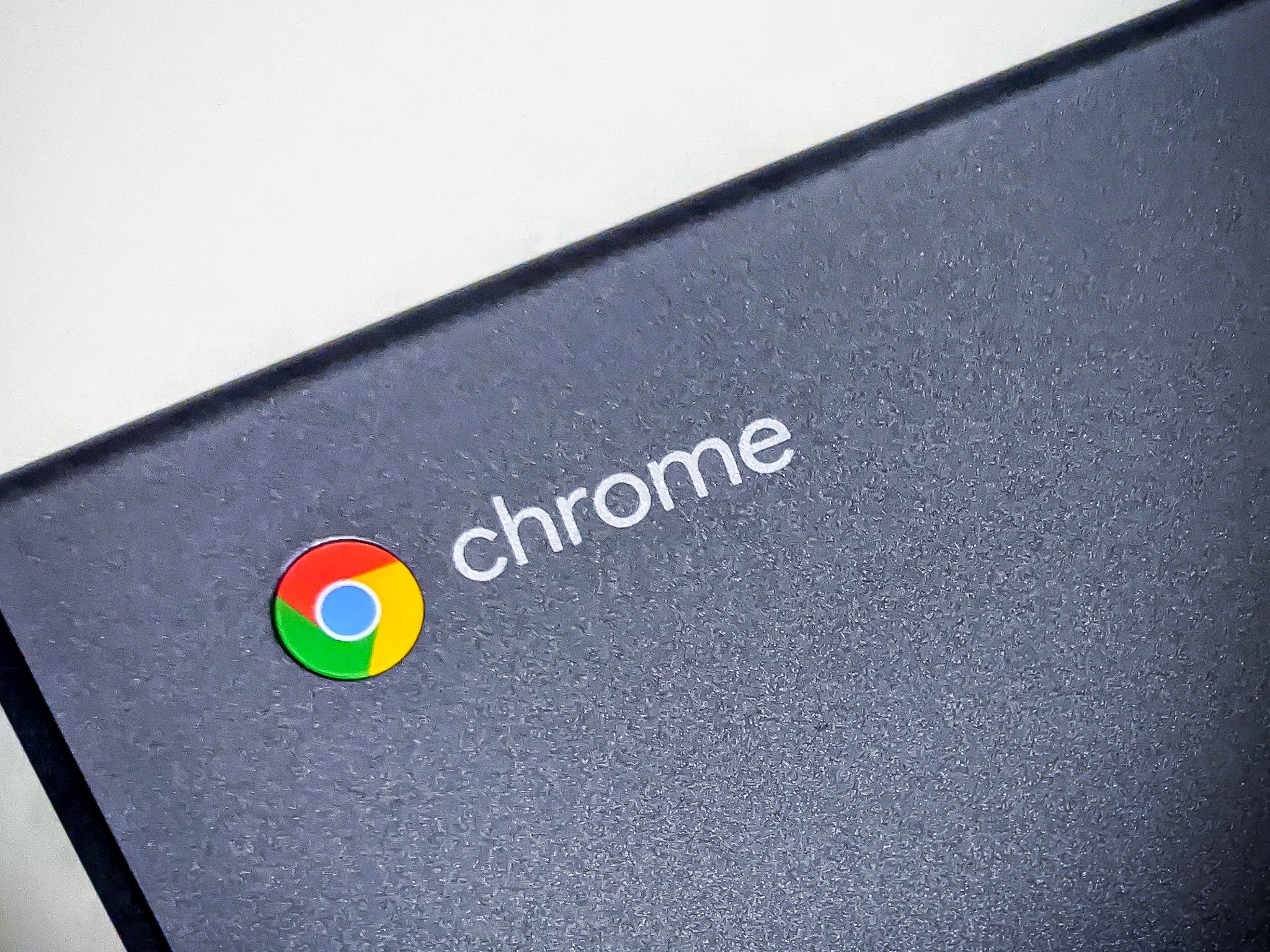What is Chrome OS Flex?

A while ago we looked at using software from CloudReady to run Chrome OS on almost any computer using a virtual machine. It was the sort of thing that plenty of people would think was pretty cool, but it wasn't very practical.
One place where it would be practical though is any organization that already had a large number of outdated laptops and either didn't want to spend the money to replace them, or just couldn't justify the cost. That means plenty of businesses and schools, which is where Google decided to come into the picture.
In 2020, Google purchased Neverware, the company behind CloudReady, and hasn't spent much time making very many changes since. That changed today as Google has announced a fully new product called Chrome OS Flex that's built from the CloudReady platform.
Seeing Google buy companies or announce things isn't anything new, but this sounds really interesting.
What is Chrome OS Flex?

Chrome OS Flex is a cloud-first operating system that is built to install on a Windows PC or a Mac. On the surface, this sounds a little crazy — who would spend more money to buy an expensive Windows laptop or a MacBook to run Chrome OS?
Probably nobody, but turning an old laptop into something akin to the best Chromebook is a pretty good idea.
Things are different for the enterprise. There are plenty of reasons to have almost everyone in your business or every student using a Chromebook instead of a generic laptop from HP, Dell or Apple. Depending on how many units we're talking about, deployment and management could be reason enough. IT policies are set per account not per machine, and every unit is the same until someone logs into it.
Get the latest news from Android Central, your trusted companion in the world of Android
The ease of admin tasks is just one of the perks of Chrome OS Flex for the enterprise.
Other factors like security, longevity, sustainability or even ease of use are important, too, and a single cloud-based and cloud-managed OS across every machine makes a lot of sense when it's lightweight and can be used on very old hardware while still offering great performance.
Chrome OS Flex is not quite the same as Chrome OS.
It uses the same code base and release cycle as Chrome OS, along with the official Chrome web browser and access to Google Assistant. With the Enterprise for Education update, you even manage every device through the same Google Admin console.
So what's missing? Apps.
Other things like security-focused hardware that's optimized to work best with Chrome are missing, too, but the end-user will only notice one thing: Chrome OS Flex devices have no access to Google Play.
Who is it for and how to get started?

Businesses and schools are the target audience. They tend to have heaps of older equipment that's too good to recycle yet not good enough to do the work required right now.
That being said, you can try it on your old devices, too. You'll need to register to be part of the program while it's in its early stages and you should expect to see a few bugs as is the norm with any developer product.
The difference is in the details. Chrome OS Flex supports a full range of Admin options and that's not going to be part of any stand-alone consumer installations. Still, if you have something older that's just not up to snuff, sticking a cloud version of an OS on it isn't the worst idea.
Visit this link to learn more about Chrome OS Flex and what it might have to offer you or your business.

Jerry is an amateur woodworker and struggling shade tree mechanic. There's nothing he can't take apart, but many things he can't reassemble. You'll find him writing and speaking his loud opinion on Android Central and occasionally on Threads.
